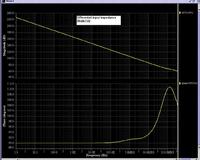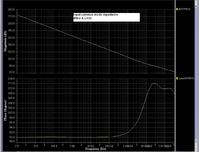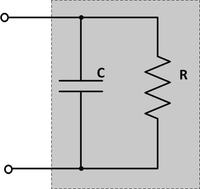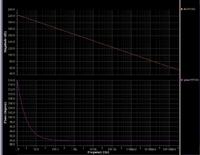Junus2012
Advanced Member level 5

- Joined
- Jan 9, 2012
- Messages
- 1,552
- Helped
- 47
- Reputation
- 98
- Reaction score
- 53
- Trophy points
- 1,328
- Location
- Italy
- Activity points
- 15,235
Hello all
I am trying to simulate the input differential resistance and capacitance for my operational amplifier.
I am also trying to simulate the common mode input resistance and capacitance.
I assumed that both of the resistance and the capacitance are in parallel, so I connected a current source and I run the AC simulation. I got theses two result but it seems al little strange for me


I am looking for your help
Regards
I am trying to simulate the input differential resistance and capacitance for my operational amplifier.
I am also trying to simulate the common mode input resistance and capacitance.
I assumed that both of the resistance and the capacitance are in parallel, so I connected a current source and I run the AC simulation. I got theses two result but it seems al little strange for me


I am looking for your help
Regards


